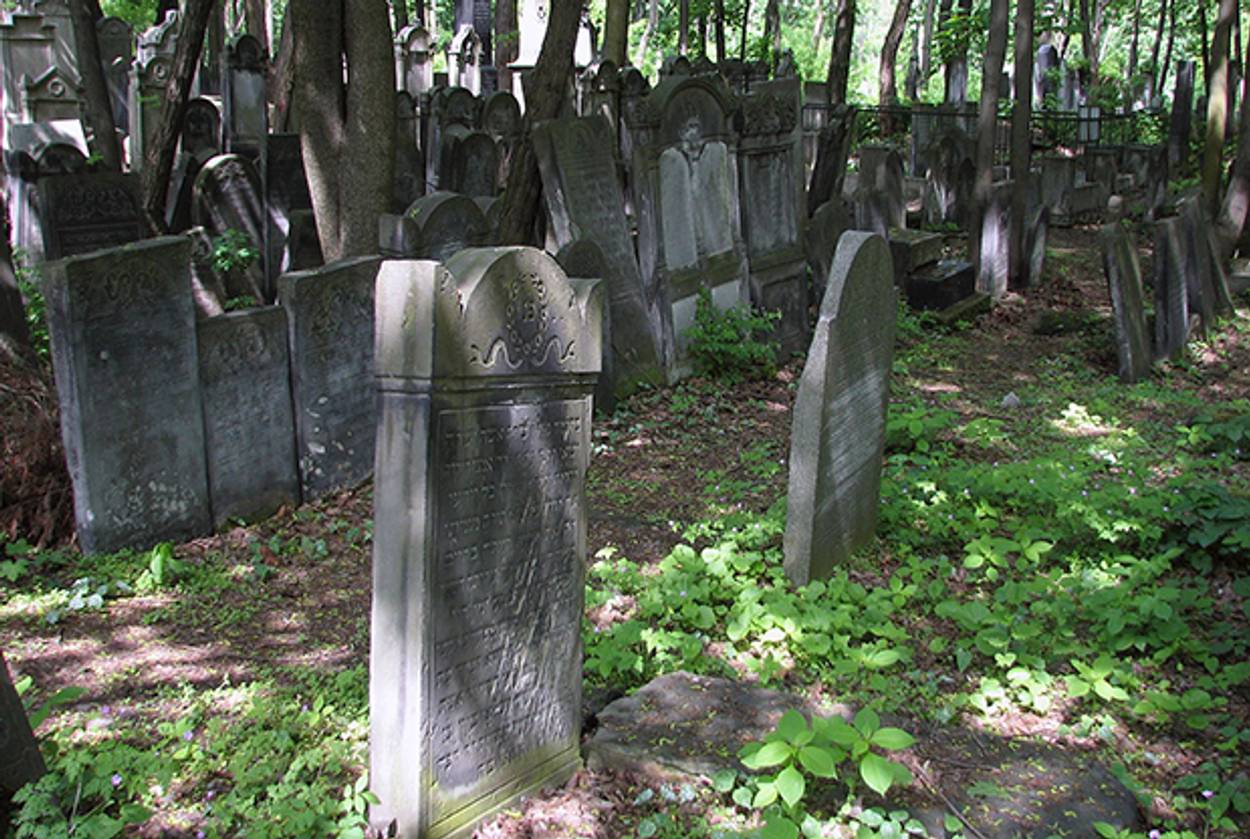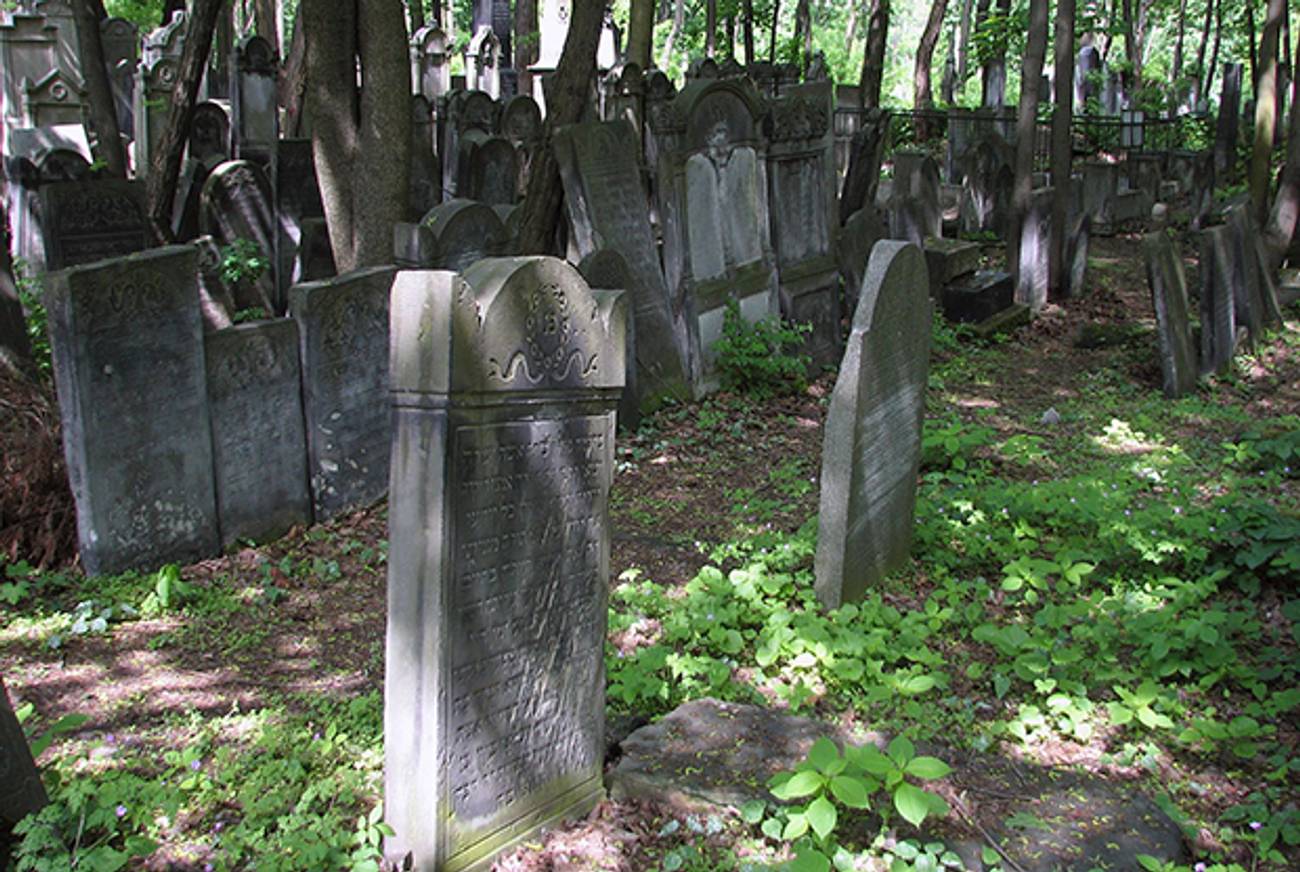Warsaw Will Return 1,000 Gravestones to Jewish Cemetery
The looted matzevot had been used to build a structure in a city park




The city of Warsaw has announced plans to recover 1,000 gravestones, or matzevot, that were taken from the city’s Jewish cemetery and used to build a structure in a city park. The gravestones, JTA reports, are “currently part of a pergola and stairs at a park in Warsaw’s Praga district.” The city plans to return the matzevot to the Jewish cemetery.
The city’s change of heart was the result of months of campaigning by an organization called From the Depths, whose Matzeva Project locates and restores misused Jewish gravestones across Poland.
The practice of removing Jewish gravestones from cemeteries and using them for other purposes was actually quite common in Poland since the 1940s. As Stefan Lorenzutti wrote in Tablet in 2013, “‘Quarried’” from cemeteries during World War II (by the Nazis), the decades that followed (by Poles), and even up until the present day, matzevot had been and continue to be used in any instance in which ordinary stone might normally, mundanely, and practically suffice.” (A controversial new Polish film, Aftermath, tells the story of a modern-day Pole who becomes fixated on recovering the matzevot he finds throughout his village, whose project—and the truths he uncovers—creates an uproar in his sleepy Polish town.)
Photographer Łukasz Baksik spent three years documenting “looted and appropriated” gravestones across Poland; the photographs wound up becoming a book called Matzevot for Everyday Use. You can see a slideshow of some of the photos here, the images are nothing short of haunting.
As Lorenzutti wrote of the collection,
The matzevot Baksik photographed had been repurposed (a tricky verb in this context) as paving stones for courtyards and passageways, or else to patch crumbling walls and curbstones in need of reinforcement. They had been shaped into querns and grindstones; had been used to construct a cowshed, a pergola in a city park, a sandbox for children; had ended up as “recyclable” tablets for new Catholic gravestones—the Jewish gravestone was simply carved into again, like a palimpsest—and as a path for monks who, Baksik relates, “had become used to walking on a paved path, and not through the mud.”
Perhaps the pergola Baksik photographed is the one whose matzevot are now being returned to where they belong.
Previous: The Warsaw Ghetto’s Last Burial
Related: In the Polish Aftermath
Poland’s Undead Gravestones
Stephanie Butnick is chief strategy officer of Tablet Magazine, co-founder of Tablet Studios, and a host of the Unorthodox podcast.